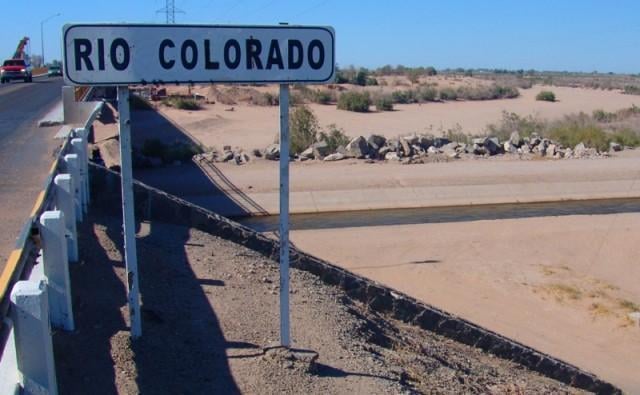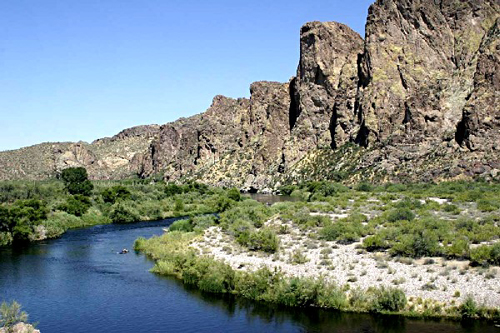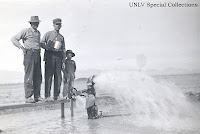We've all heard by now some of the critical infrastructure that has been damaged by Hurricane Sandy in New York, New Jersey and the rest of the affected area. Subway tunnels, power plants, sidewalks and roads, communication systems, internet and cable networks, and water and sewer pipes are some of the infrastructure damaged in the 100-year storm. State officials, FEMA, and the White House have dealt with the hurricane impressively, responding quickly and providing relief to people whose properties were damaged. I am amazed at how well people cooperated together to make sure people were safe.

New York Governor Andrew Cuomo spoke Wednesday at a press conference, stating that climate change cannot be ignored by politicians anymore, who are playing a game of Russian Roulette by failing to address the issue. He advocated for upgrading and re-designing New York's infrastructure, much of which is outdated and in-need of maintenance or re-design.
The hurricane affords us the chance to dissect just how extreme weather events and infrastructure planning are related. I want to make sure I mention that although New York has huge infrastructure demands with a growing population and aging sewers, roads, and facilities, it has a comparatively proactive tax structure with which it tries to meet those demands. However, those remaining infrastructure deficiencies contributed to the scope of the damage incurred during the hurricane.
Water professionals and researchers (ahem) have been advocating for investment into our crumbling infrastructure for decades. In 2008, the American Society of Civil Engineers released a
Report Card for New York detailing infrastructure deficiencies, stating that the state's bridges, roads, and mass transit system were vulnerable. The potential for more frequent extreme weather events as a result of climate change only makes the issue more important. However, a slumped economy and political grid-lock have stood in the way of significant upgrades or new policies. After the hurricane, New York, New Jersey and other affected states will acquire federal emergency funding to repair and upgrade infrastructure that probably needed upgrading before the storm hit.
Federal emergency funding is often used to repair infrastructure because of accidents that could have been avoided with a more proactive planning approach. This is borne of two things: lack of funding, and lack of political capital.
Lack of Funding: Cash-strapped communities all over the U.S. do not have access to the funds they require to make critical infrastructure upgrades. This forces them to wait for an emergency situation to qualify for federal or state emergency aide to address the problem. One example in Logan, Utah was a 2009 landslide that destroyed a 100-year-old, leaky, earthen irrigation canal on a steep hill. The landslide killed three people. As a result, federal funding was dispersed to the community, and a more efficient canal system will be installed at the federal taxpayer's expense.

Lack of Political Capital. Infrastructure is not a sexy issue, even though it is such an important part of our daily lives. In our democratic society, raising taxes for roads or pipes can be met with opposition, and looming elections can motivate a policymaker to simply "kick the can down the road." As a result it takes a trigger event - an accident, storm, etc. - before the general population supports a response, even if the issue has long been recognized by "insiders" as needing attention.
As a result, trigger events are often necessary to unlock the political and monetary capital needed to make significant infrastructure investments. However, this is problematic for two reasons.
1) It externalizes the cost for local infrastructure upgrades to federal taxpayers. When a disaster occurs, communities can apply for federal emergency funding, relegating the cost for local infrastructure upgrades to federal taxpayers. In addition, federally-funded projects incur extra costs to cover NEPA and other federal requirements and processes, increasing the overall cost of the project.
2) It creates emergency situations. Investment into climate change-resilient, safe infrastructure would ensure that a community could withstand extreme weather events more effectively. Failure to do so creates a scenario where emergency situations are not only inevitable, they are needed in order to address infrastructure needs in a totally reactive policy environment. The policy approach is therefore "repair the past" rather than "plan for the future." The uncertainty brought by climate change only increases the responsibility on policymakers and politicians to prioritize infrastructure investment as a matter of national security and ethics.
Proactive planning at the state and local level can make communities more resilient to emergency situations, avoid certain negative outcomes, and help them rely less on federal emergency funding to correct pre-existing infrastructure issues. As a result, federal emergency funding can be better allocated across the country to address what proactive local and state planning could not foresee.
See
New York Times, the
Scientific American,
 American Rivers released a press release yesterday applauding the decision by Colorado Springs Utilities to pursue alternative means of supplying water to the city besides a proposed dam on the Arkansas River. CSU had proposed the dam all the way back in 1990. Grassroots efforts by organizations like American Rivers and the Friends of the Arkansas River held the project off. This year CSU conducted studies to identify possible alternatives to the dam. As a result, they found that another delivery system would provide the same benefits without the deleterious effects on wildlife, recreation, streamflow, and economics. Conservationists and anglers are pleased with the decision.
American Rivers released a press release yesterday applauding the decision by Colorado Springs Utilities to pursue alternative means of supplying water to the city besides a proposed dam on the Arkansas River. CSU had proposed the dam all the way back in 1990. Grassroots efforts by organizations like American Rivers and the Friends of the Arkansas River held the project off. This year CSU conducted studies to identify possible alternatives to the dam. As a result, they found that another delivery system would provide the same benefits without the deleterious effects on wildlife, recreation, streamflow, and economics. Conservationists and anglers are pleased with the decision.


























